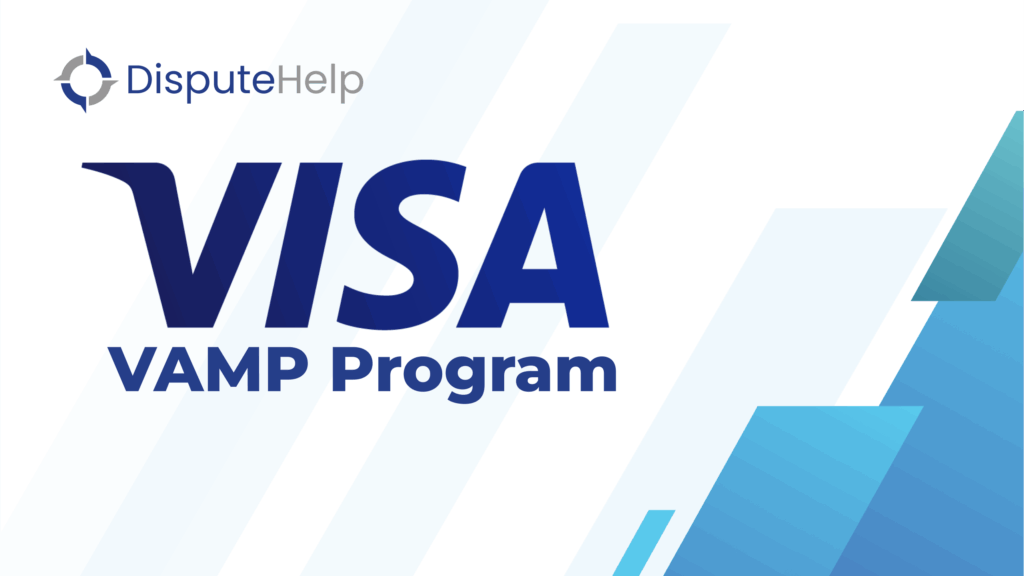You probably know how important “loss management” is to merchants. Every year, significant time and resources are invested to protect against “shrink” — the loss of inventory and revenue. Shrink currently snatches nearly 2% of global revenue from the retail sector each year.
What you may not know is that a significant chunk of that revenue is lost post-authorization — taken by fraud, transaction disputes and chargebacks. Until merchants invest in dispute management, their loss management strategy will always fall short.
WHAT’S AT STAKE
Transaction fraud, disputes and chargebacks pose significant threats to merchants’ revenue.- eCommerce merchants lost roughly $24 billion — 1.8% of their revenue — to fraud in 2020{1}
- Total retail shrinkage was about $94.5 billion in 2020, eCommerce accounts for about 25% of that total. {2}
- It is estimated that every $1 of fraud now costs US retailers $3.36 in 2020, compared to $3.13 in 2019. {3}
- One in four chargebacks are a result of purchases made with stolen credit cards. {4}
- Three fourths of all chargebacks are suspected to be first-party fraud. {5}
- Merchants suffer reputational damage from fraudulent activities.
- The different types of fraud: First- and Third-Party Fraud
- The dispute phases caused by fraud: Pre-dispute Inquiry, Dispute, and Chargeback Phases
- The dispute management tools needed for each phase: Real-time Deflection, Alerts, and representment.
TYPES OF FRAUD
Post-auth revenue threats enter the merchant transaction stream as fraud. Fraud then begets disputes, which may in turn generate chargebacks. Fraud is commonly identified by the party that perpetrates it, and can be a third-party fraudster, or it can be the cardholder committing fraud on purpose or by not recognizing a transaction.Third-Party Fraud
This occurs when a bad actor steals payment details to authenticate fraudulent transactions. It is also commonly known as true fraud or criminal fraud. Typically, this third-party is the end-user of a logistical stream of fraud. Payment data is breached from its source, then sold off in batches, ultimately reaching the third-party who then commits the fraud.First-Party Fraud
Commonly called friendly fraud, this occurs when a cardholder makes a purchase and then later — either accidentally or intentionally — reports the transaction as fraudulent. Accidental friendly fraud stems from transaction confusion, while intentional misuse is known as chargeback fraud. The cardholder will report either third- or first-party fraud to their card-issuing bank. This initiates the post-authorization dispute process. This process has three stages and at each stage, the merchant can take action to resolve the dispute and/or recover the transaction revenue.PHASES OF DISPUTES
1.Pre-dispute Inquiry Phase
Starting at the beginning: once a cardholder reports suspected fraud to their card-issuing bank, the bank investigates. This is the pre-dispute inquiry phase. If the dispute claim has merit, the issuer will assign a reason code provided by the card network. First-party fraud prevails because the issuer has limited information available at the point of inquiry. Merchants can tie a cardholder to the purchaser with the data collected in the transaction and fulfillment of an order. Merchant action: Deflection Products: Ethoca Consumer Clarity, Verifi Order Insight & Compelling Evidence 3.0 Merchants can use these above tools to send transaction and fulfillment data in real time to issuers and cardholders. Consumer Clarity and Order Insight make the data available at points of inquiry — in cardholder statements, and at issuer call centers — to invalidate a dispute. An invalidated dispute is called a deflection, and is considered the ideal outcome for a first-party fraud inquiry. Further information on the Inquiry Phase is available hereCompelling Evidence 3.0 is not a product; CE3.0 is a ruleset for handling Visa disputes filed under reason code 10.4, specifically related to fraud in a card absent environment. This update aims to establish merchant-friendly outcomes when addressing friendly fraud or first-party misuse. Merchants who can establish prior undisputed history with a cardholder, based on specific matching data points, can automatically transfer liability to the issuer, thud deflecting the dispute. Further information on CE3.0 is available here
2. Dispute Phase
If deflection does not occur and the issuer decides the dispute is valid, the dispute phase begins. It is essentially a brief window where the merchant chooses to either accept the dispute and resolve it, or let it advance to the next phase and continue to fight. Since the dispute could not be deflected, it is more than likely due to true fraud, so to resolve it, the merchant must refund the cardholder. Merchant action: Refund Merchants can choose to refund the transaction as a proactive measure using solutions like Ethoca Alerts, Verifi CDRN, and RDR. Previously, merchants would only become aware of a dispute when the chargeback affected their transaction revenue. With the introduction of alerts, they receive advance notification and can preemptively refund the cardholder to avoid additional fees and penalties associated with chargebacks. This approach is particularly advantageous for high-risk merchants aiming to maintain their chargeback-to-sales threshold below 1% and digital merchants in particular who do not have physical inventory at stake. Further information on the Dispute Phase is available here3. Chargeback Phase
In the chargeback phase, merchant surrenders the transaction revenue, pays fees, and in some cases gets penalized. Aas merchants approach a 1% chargeback-to-sales ratio, these penalties come as part of a monitoring program; processing and other fees go up incrementally until the merchant can lower their ratios. Failure to do so results in termination from the payment networks. Merchant Action: Representment Representment is similar to deflection. In representment, the merchant submits a rebuttal letter with compelling evidence arguing against the chargeback. If the evidence is sufficient, the merchant wins back the transaction revenue. However, the chargeback fees and penalties are still assessed, and the chargeback that was reversed still counts against the sales ratio. Further information on the Chargebacks Phase is available hereCONCLUSION
Dispute Management is a core strategy in loss prevention, as post-auth transaction disputes from fraud account for approximately 25% of all retail shrink. Fraud is divided into two camps: committed by the cardholder as first-party fraud, and third-party criminal fraud.- Merchants can take proactive steps to prevent first-party fraud disputes in the early inquiry phase using Verifi Order Insight, Ethoca Consumer Clarity, and Visa CE3.0.
- If a true-fraud chargeback is pending in the dispute phase, merchants can refund the dispute with Verifi RDR & CDRN and Ethoca Alerts.
- First-party fraud disputes that make it to the chargeback phase can be reversed with representment, enabling merchants to regain lost revenue.


